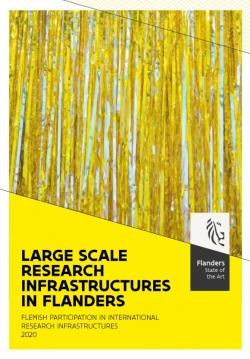
With about 50 researchers in HEP@VUB we perform fundamental research towards a profound and comprehensive understanding of both the largest and smallest structures around us. By combining theoretical and experimental research of high-energy phenomena in the universe and on the tiniest quantum scale a coherent picture of the reality around us emerges. Nevertheless, puzzling features that challenge the underlying basic principles in physics on large and small scales remain to be studied and understood. The foundations of our theories for both particle physics and cosmology face problems to explain for example the omnipresence of dark matter and dark energy in the universe, as well as the apparent need for fine-tuning when we push our theoretical models to the extreme and the difficulty to unite all forces acting on the smallest and the largest structures. In a quest for insights towards solutions, the HEP@VUB project aims to connect novel theoretical reasoning and further experimental explorations. On the Belgian scale such a consortium is unique, and even on the European level it is rare. It gives us great pleasure to receive continuous support from the FWO-Vlaanderen en the EWI department, especially to observe in their recent publication in the list of major international research infrastructures exactly those three that are the foundation of HEP@VUB. We take responsibility for Flanders in the CMS experiment at the Large Hadron Collider at CERN and the IceCube Neutrino Observatory on the South Pole, while we recently engaged in the new Einstein Telescope project for the observation of gravitational waves.
The technological advances required to succeed in our research goals aim to make make visible what is invisible to our human eyes. And what makes the invisible visible at the extreme scales will continue to find its way into societal benefits for health, energy and safety on the human scales.
